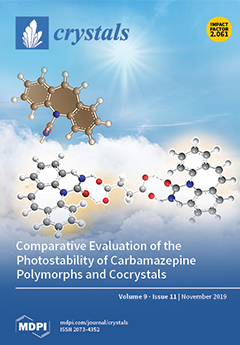In this short commentary, we discuss a fundamental reason why two different semiconductor technologies are needed for complementary thin-film transistor (TFT) operations. It is mainly related to an energy-level matching between the band edge of the semiconductor and the work-function energy of the metal, which is used for the source and drain electrodes. The reference energy level is determined by the energy range of work-functions of typical metals for the source and drain electrodes. With the exception of silicon, both the conduction band edge (E
C) and valence band edge (E
V) of a single organic or inorganic material are unlikely to match the metal work-function energy whose range is typically from −4 to −6 eV. For example, typical inorganic materials, e.g., Zn–O, have the E
C of around −4.5 eV (i.e., electron affinity), so the conduction band edge is within the range of the metal work-function energy, suggesting its suitability for n-channel TFTs. On the other hand, p-type inorganic materials, such as Cu–O, have an E
V of around −5.5 eV, so the valence band edge is aligned with metal work-function energy, thus the usage for p-channel TFTs. In the case of p-type and n-type organic materials, their highest occupied molecular orbital (HOMO) and lowest occupied molecular orbital (LUMO) should be aligned with metal work-function energy. For example, p-type organic material, e.g., pentacene, has a HOMO level around −5 eV, which is within the range of the metal work-function energy, implying usage for p-channel TFTs. However, its LUMO level is around −3 eV, not being aligned with the metals’ work-function energy. So it is hard to use pentacene for n-channel TFTs. Along with this, n-type organic materials (e.g., C60) should have HOMO levels within the typical metals’ work-function energy for the usage of n-channel TFT. To support this, we provide a qualitative and comparative study on electronic material properties, such as the electron affinity and band-gap of representative organic and inorganic materials, and the work-function energy of typical metals.
Full article





